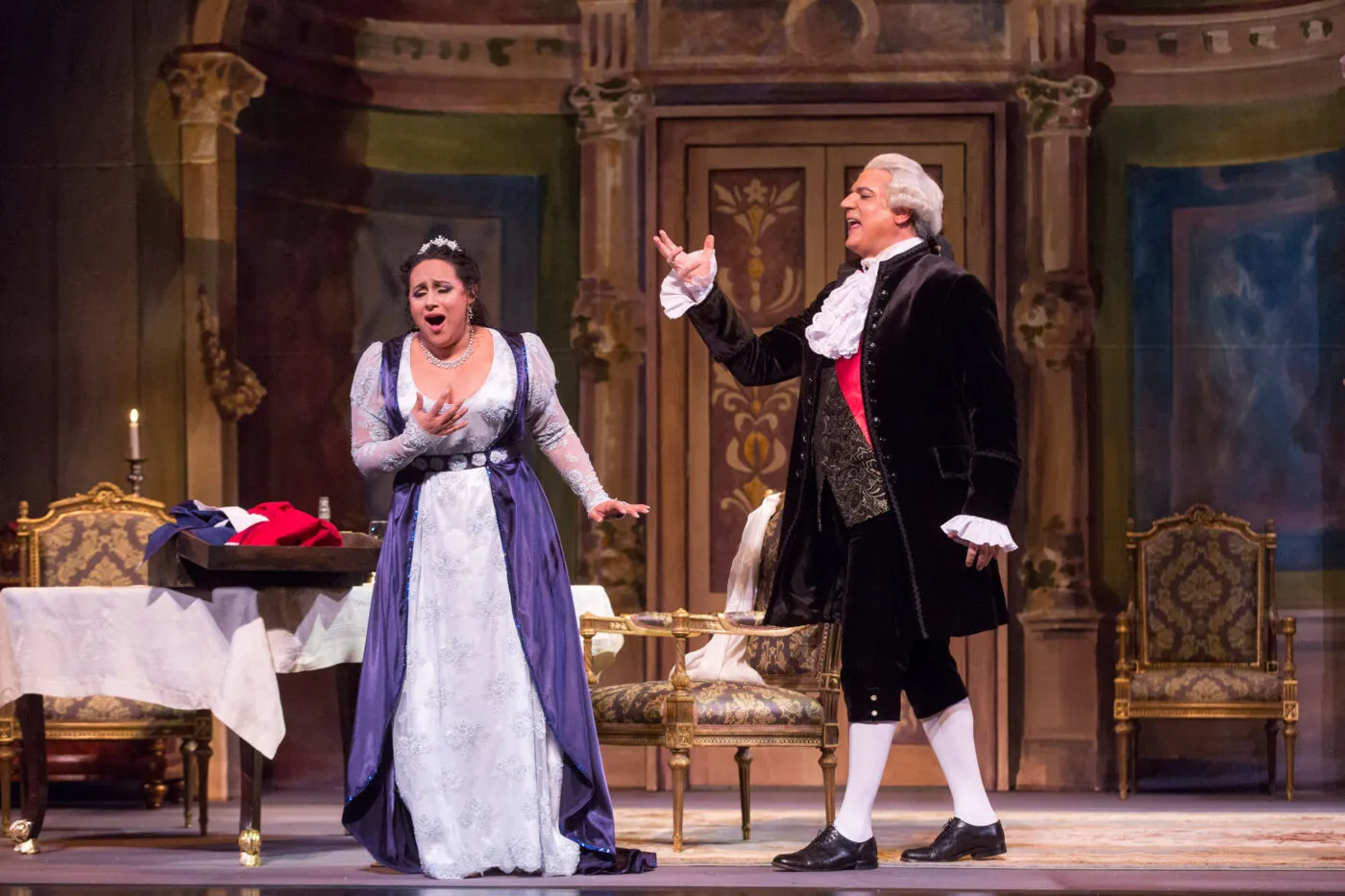Opera and classical music are both unique and rich performing art forms that provide audiences with profound musical and emotional experiences. While they share many commonalities, each genre possesses distinct characteristics that highlight their value and significance in the art culture. Below is a detailed look at the features of opera and classical music.
1. Definition and History
Opera is a performing art form that combines music, singing, acting, and script. Operas are typically presented in theaters, where performers convey the story through music and dialogue. The history of opera began in the late 16th century in Italy, with the first opera, “Dafne,” attributed to Jacopo Peri.
Classical music, on the other hand, refers to a broad genre of music that includes works composed from the Baroque period to the modern era. Classical music encompasses various forms, from symphonies, concertos, sonatas to chamber music. From great composers like Bach, Mozart, and Beethoven to modern composers like Stravinsky, classical music has evolved through many periods and styles.

2. Musical Elements
Music is one of the standout features of both opera and classical music, but their musical expression and structure differ significantly.
- Musical Structure in Opera: Opera often features a complex structure that includes arias (solo songs), recitative (musical dialogue), and chorus. Each component serves a unique role in developing the story and conveying emotions. Arias typically express the character’s deep feelings, while recitative is used to advance the plot.
- Music in Classical Music: Classical music can encompass many different forms and structures, from simple solo pieces to grand symphonic works. Classical compositions often utilize instruments like piano, violin, cello, and orchestral instruments. These works are generally composed with a tight structure, featuring multiple sections that demonstrate the creativity and skill of the composer.
3. Acting and Performance
- Performance in Opera: One of the major differences between opera and classical music is the acting aspect. In opera, performers are not only singers but also actors; they must express emotions and characters through both singing and actions. Opera stages are often elaborately designed with costumes, props, and suitable settings to enhance the audience’s experience.
- Performance in Classical Music: In contrast, classical music usually focuses on the music itself, with fewer dramatic elements. Classical concerts typically occur in concert halls or churches, where musicians present their works without acting or a script. Performers often showcase their technique and emotions through the music without needing to act on stage.
4. Emotion and Themes
Emotion plays a crucial role in both opera and classical music, but their ways of expressing emotions are distinctly different.
- Emotion in Opera: Opera often portrays strong and dramatic emotions. The stories in operas usually revolve around themes of love, loss, jealousy, and internal conflict. Characters in operas often have moments of deep emotional expression through arias, creating powerful experiences for the audience.
- Emotion in Classical Music: Classical music also has the capacity to convey emotions but tends to be less dramatic than opera. Classical works may express tranquility, sadness, happiness, or grandeur through melodies and harmonies. For example, Mahler’s symphonies often contain deep and complex emotions, providing audiences with subtle experiences.
5. The Role of Conductors and Artists
- Conductors in Opera: Conductors play a vital role in coordinating the various elements of an opera. They not only lead the orchestra but also work closely with singers and actors to ensure that all parts of the performance blend seamlessly.
- Artists in Classical Music: In classical music, conductors hold a similar role, but solo artists often take a more prominent position. They may perform as soloists or members of the orchestra, and their individual skills are typically highlighted during performances.
6. Cultural Impact and Legacy
Both opera and classical music possess a rich cultural legacy that has endured for centuries and influenced many generations of artists.
- Opera: With classic operas like “Carmen,” “La Traviata,” and “The Magic Flute,” this genre not only captivates listeners but also creates lasting impacts on popular culture. Opera has become an integral part of global artistic culture, performed in many famous theaters and reaching audiences worldwide.
- Classical Music: Similarly, classical music has a powerful legacy. The works of composers such as Beethoven, Mozart, and Tchaikovsky continue to be widely performed and profoundly influence modern music. Symphonies, concertos, and sonatas not only bring joy to audiences but also inspire many young artists.
Conclusion
Opera and classical music are both distinct art forms with their own unique characteristics and values. They not only provide profound musical experiences but also reflect human creativity and emotion. Despite their differences in expression and performance, both genres contribute significantly to enriching the artistic culture and have a lasting impact on society. Through operas and classical works, we can explore deeper aspects of the human soul, emotions, and societal issues. These works will continue to inspire and leave a mark on audiences for generations to come.

